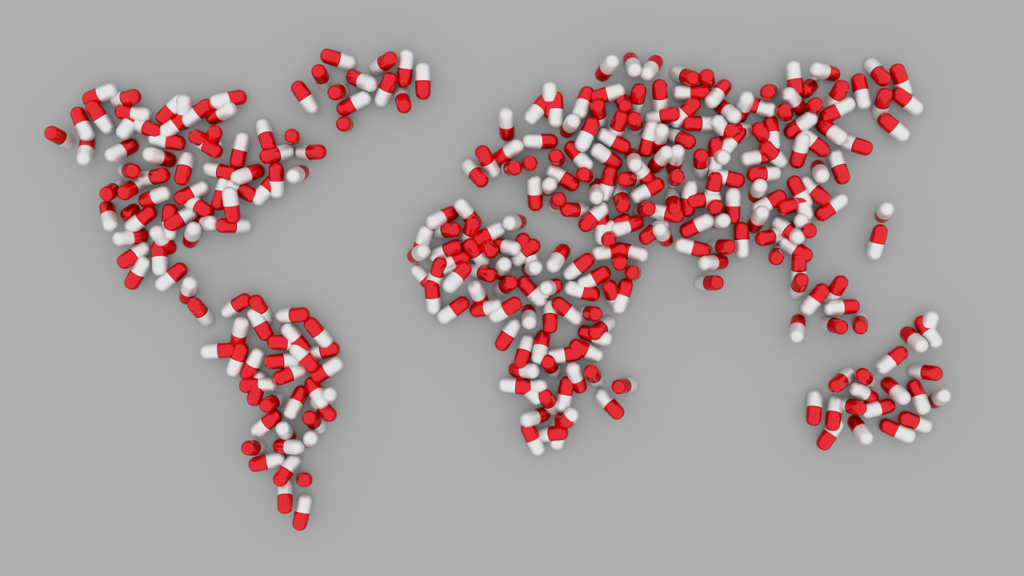
Under the American Health Care Act (AHCA) a critical HIV prevention medication could be put out of reach for most Americans. Here’s how nonprofits can fight back.
Truvada, which is known commonly as PrEP (pre-exposure prophylaxis), is a once-daily pill that is over 90 percent effective at preventing HIV infection per the Centers for Disease Control and Prevention (CDC). That percentage only increases for those who combine PrEP with condoms and other prevention methods. Due to this efficacy, New York State Governor Andrew Cuomo has made the medicine part of his final Blueprint to end the HIV/AIDS epidemic in New York State by the end of 2020. Similarly, the World Health Organization lists PrEP as a tool that could held end HIV/AIDS at the global level by 2030. Yet, under the American Health Care Act (AHCA), these goals cannot be met due to the repeal of the Affordable Care Act’s (ACA) Medicaid expansion and various drug assistance programs.
In the United States, PrEP is already difficult for many to access. Despite the best efforts of the CDC, Gay Men’s Health Crisis, PrEP Watch, and more, not enough people know about the medicine. A recent study presented by Kevin Delaney of the CDC shows that that the number of American gay men who have heard of PrEP went up from 45 percent in 2012 to 68 percent in 2015, but in 2015 only 5 percent had actually used it. Most of the men taking the drug are clustered in large cities like San Francisco and New York City. The study also indicates that roughly 2 percent of people living in rural areas are using PrEP.
Those who do know about PrEP may not be able to afford it. According to my latest insurance statement, a three-month supply of Truvada costs $5,000. Luckily, my insurance covers all but $150 of this. Gilead’s co-pay assistance program covers the remaining balance, but this program only allows for $3,600 a year in assistance for PrEP. For people on different insurance plans, like Joseph Osmundson’s friend, their insurance leaves them paying $500 a month for the pill, so they hit Gilead’s annual cap quickly.
To combat these scenarios, PrEP Watch (created and maintained by AVAC: Global Advocacy for HIV Prevention) offers helpful tools like their Access Roadmap, which walks people through the regulations, policies, and programming that can help people obtain access to PrEP in the United States. They also track international access to PrEP, sharing updates and changes to policies regarding PrEP around the globe.
The progress that has been made stands to be completely undone by the AHCA through hindering access to Truvada in the United States. The bill’s phasing out of federal funding for the Medicaid expansion in 2020 will likely block new applicants and access to medicines like PrEP. Likewise, poor Americans will bear the brunt of medicinal costs with the proposed repeal of the ACA’s cost-sharing assistance. To further complicate matters, it is unclear what support Gilead’s co-pay assistance program will be able to offer after the ACA repeal.
It’s well known that HIV/AIDS doesn’t only affect gay men. The risk factors for contracting HIV are the same for everyone, and recent statistics from the Centers for Disease Control and Prevention (CDC) show that roughly one million people in the U.S. are living with HIV and that one in eight people living with HIV are unaware of their infection.
To combat the spread of HIV/AIDS in the United States, all nonprofits concerned about the health and welfare of Americans must take a stand against the AHCA and its proposed repeal of the ACA’s Medicaid expansion and various drug assistance programs. Here are some tips to make your nonprofits voice heard:
Strength in Numbers
Niche nonprofits that focus on HIV Prevention should band together to release joint statements with each other or with larger scale nonprofits. When multiple organizations join their voices, their collective impact is greater because of the ability to have a larger reach. Also, when we recognize that this is a shared issue that affects people across the boundaries of race, ideology, gender, age, and so on, we empower not only ourselves but others to elicit a more powerful response. A great example of this in action is the Center for Medicare Advocacy’s joint statement with Justice in Aging and Medicare Rights Center from March 3.
Harness Existing Power
Niche nonprofits and smaller entities need to be cognizant of what other organizations, especially the large nonprofits already involved in the fight against the ACHA, are doing. For example, The AARP’s March 7 open letter addressed to Greg Walden, Frank Pallone, Kevin Brady, and Richard Neal speaks to how and why the AARP opposes the ACHA. It also offers a useful roadmap for how all organizations, large and small, can speak to congressmen and women on this issue. Looking at resources like this, what can your organization’s voice add to the conversation? How will you say it? And why does it matter to you?
Be Visible
Organizations can take part in marches and other forms of protest. For example, on March 23, St. John’s Well Child and Family Center is hosting the Patients Over Politics: March on L.A. to Save the ACA. Before heading out to any marches, be sure to read DG+CO’s “What’s Your Sign? How Nonprofits Can Participate In Mass Protests” for tips on how nonprofits can effectively and respectfully be part of the action.